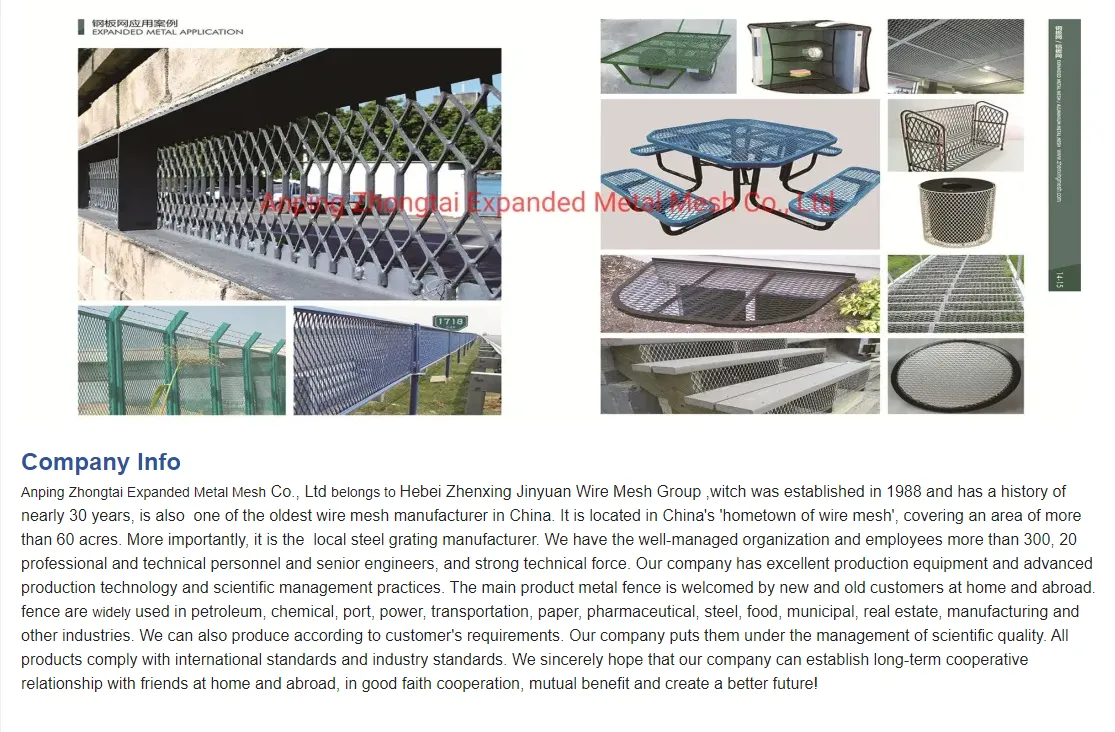The Importance of Construction Noise Barriers
Construction sites are bustling hubs of activity, often characterized by an array of heavy machinery, hammering, and other loud noises. While these sounds indicate progress, they can become a significant nuisance to nearby residents and businesses. This issue has prompted the development and implementation of construction noise barriers, which serve as a critical tool in urban planning and construction management.
Understanding Noise Pollution
Before exploring noise barriers, it’s essential to understand what noise pollution is and its effects on communities. Noise pollution refers to the harmful or annoying levels of noise in the environment, primarily caused by industrial and construction activities, traffic, and various human behaviors. Chronic exposure to high noise levels can lead to various health problems, including stress, sleep disturbances, and even cardiovascular issues. In urban environments, where space is limited and construction projects are often in close proximity to residential areas, the need for mitigation strategies becomes even more pressing.
What are Construction Noise Barriers?
Construction noise barriers are structures designed to reduce noise propagation from construction sites to surrounding areas. They can be made from various materials, including concrete, wood, metals, or specialized sound-absorbing composites. The design of these barriers can significantly influence their effectiveness in sound attenuation, often characterized by their height, length, mass, and the surface texture.
Types of Noise Barriers
There are generally two types of noise barriers solid barriers and earth mounds. Solid barriers are constructed from dense materials that reflect sound away from the noise source and minimize transmission. Earth mounds, on the other hand, utilize natural soil or landscaping to absorb sound. Each type has its advantages and is chosen based on specific project needs, terrain, and environmental considerations.
Benefits of Construction Noise Barriers
1. Noise Reduction The primary benefit of constructing noise barriers is the significant reduction of noise levels. Studies have shown that properly designed noise barriers can reduce sound levels by 10 to 20 decibels, making a considerable difference in the quality of life for nearby residents.
2. Enhanced Public Relations Construction projects can be contentious, especially when they disrupt the daily lives of local residents. By proactively implementing noise barriers, construction companies can demonstrate their commitment to minimizing community impact, which can enhance their public image and foster better relationships with the community.
construction noise barrier

3. Regulatory Compliance Many regions have noise regulations that mandate specific sound level limits during construction. Installing noise barriers can help projects comply with these regulations, avoiding potential fines and legal issues.
4. Environmental Impact Noise pollution is not just an urban nuisance; it can also disrupt local wildlife. Construction noise barriers can mitigate these effects, allowing for a safer habitat for animals during the construction phase.
5. Improved Working Conditions Surprisingly, noise barriers can also benefit workers on the construction site. Reduced noise levels can help improve workers' concentration, potentially leading to enhanced safety and productivity.
Design Considerations
When designing noise barriers, several factors must be taken into account to optimize their effectiveness
- Height and Length Noise barriers should be tall enough to block the line of sight between the noise source and receivers. The longer the barrier extends, the more effective it will be in reducing noise.
- Material Selection The density and texture of the materials used will determine how much sound is absorbed or reflected. Sound-absorbing materials may be beneficial in areas where reflection could amplify noise levels.
- Aesthetic Integration Given that construction sites are often in urban areas, integrating barriers into the visual landscape is essential. Incorporating green barriers, or those that allow for vegetation growth, can mitigate their visual impact while providing additional noise reduction.
Conclusion
As urban areas continue to expand and construction projects become more common, the significance of construction noise barriers cannot be overstated. These structures play a crucial role in enhancing the quality of life for residents, ensuring regulatory compliance, and maintaining positive community relations. By investing in effective noise mitigation strategies, the construction industry can minimize its environmental footprint while promoting a more harmonious coexistence with the communities it serves. As technology advances and materials evolve, the future of noise barriers promises to be even more effective and aesthetically pleasing, contributing to quieter, more livable urban environments.
-
Why Galvanized Trench Cover Steel Grating Resists Corrosion
NewsJul.10,2025
-
The Versatility and Strength of Stainless Expanded Metal Mesh
NewsJul.10,2025
-
Load Calculations in Steel Grating Platforms
NewsJul.10,2025
-
Keeping Pets and Kids Safe with Chicken Wire Deck Railing
NewsJul.10,2025
-
Hole Diameter and Pitch for Round Perforated Metal Sheets
NewsJul.10,2025
-
Aluminium Diamond Mesh in Modern Architecture
NewsJul.10,2025
Subscribe now!
Stay up to date with the latest on Fry Steeland industry news.

